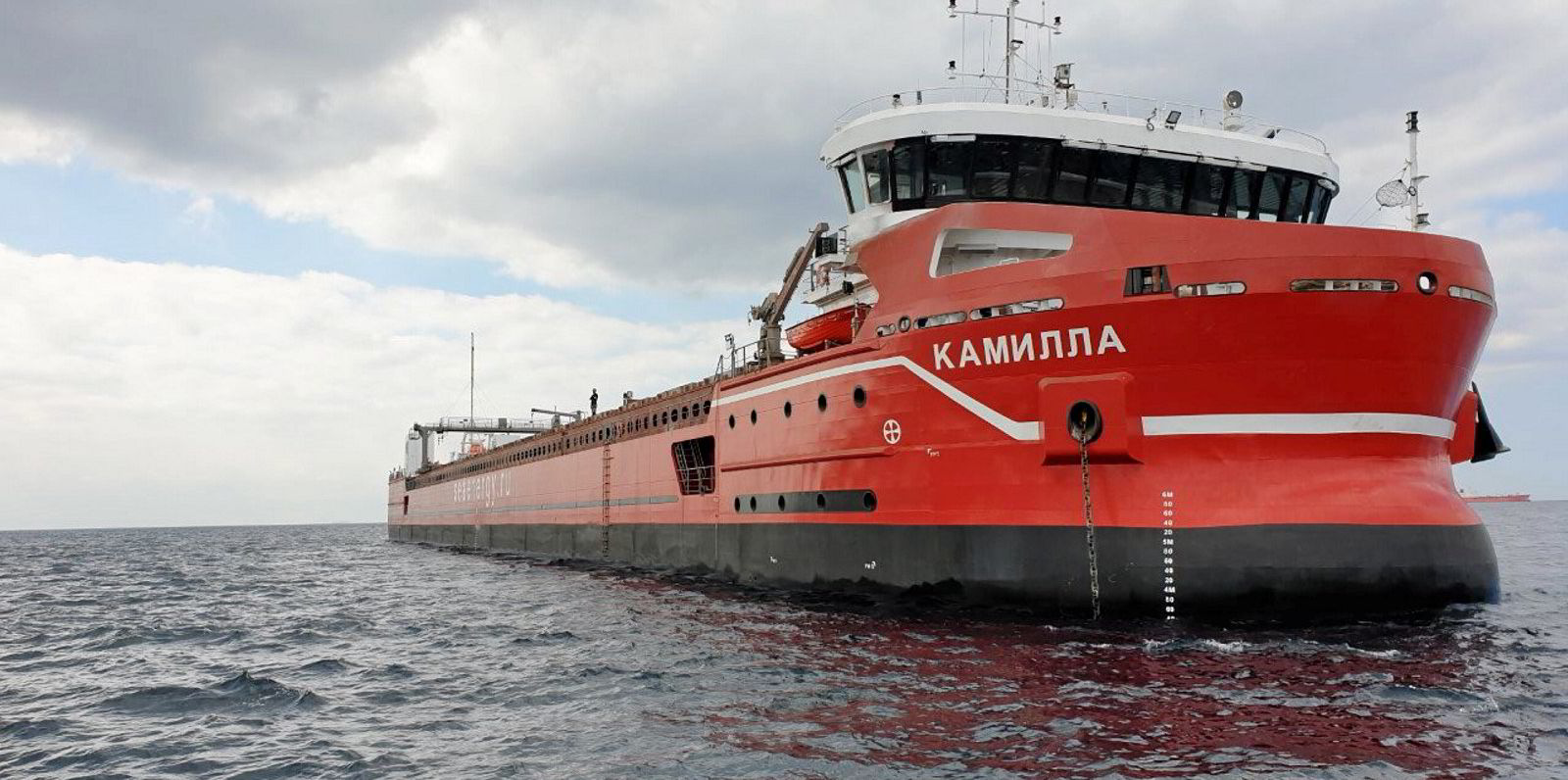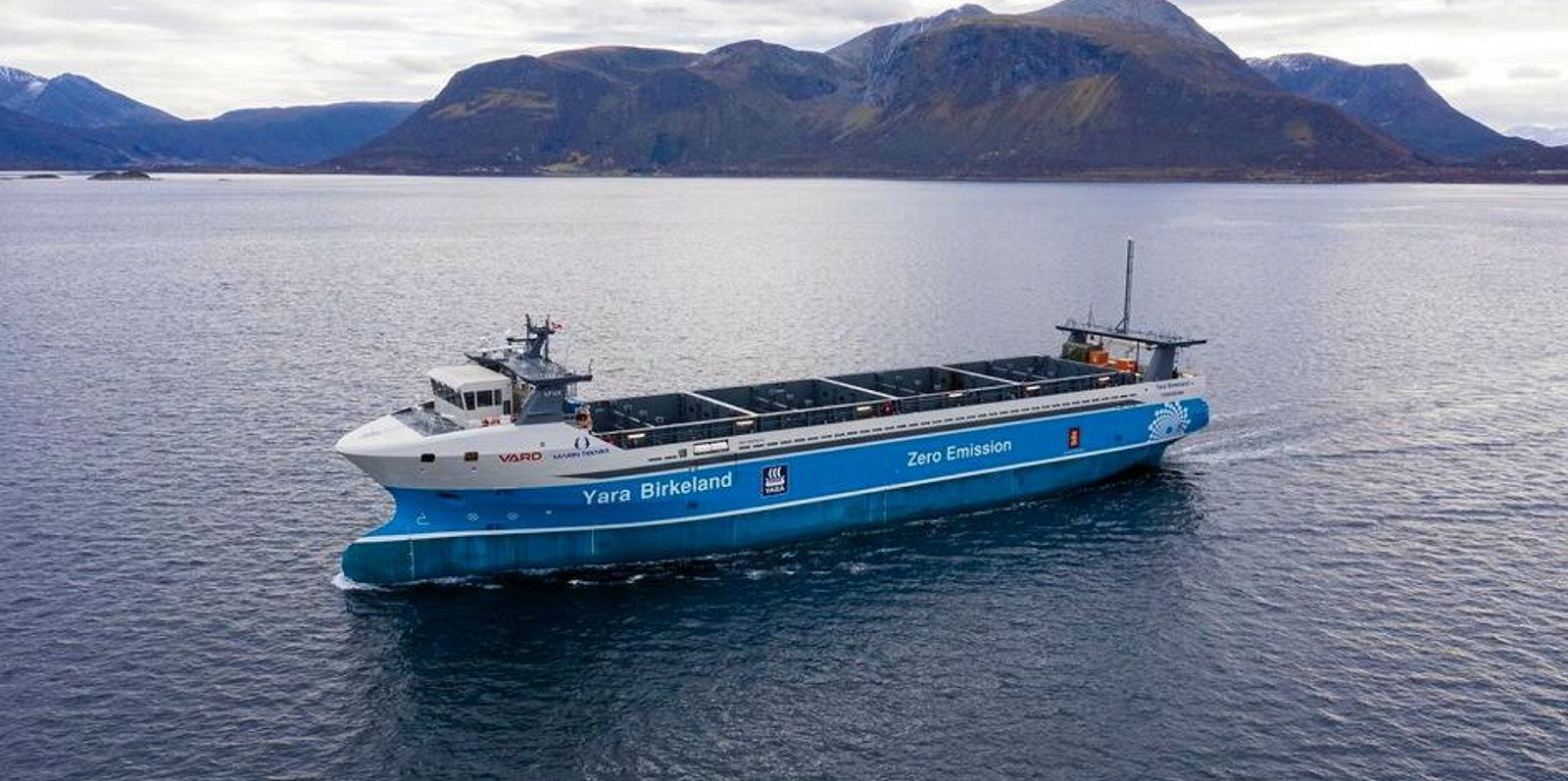Russia is gearing up to operate autonomous cargo vessel fleets from next year.
Domestic shipowners SeaEnergy and Morspetsservice have agreed to fit Kronshtadt Technologies' autonomous navigation system to 20 vessels.
Marinet, the Russian shipping technology industry association, is leading the project.
Sakhalin-based Morspetsservice will fit the systems on 10 cargo-passenger ships, while MT Group-owned SeaEnergy will use 10 general cargo vessels.
The agreements also cover the location of onshore monitoring and control centres.
"Thus, Morspetsservice and SeaEnergy became the first companies in Russia to announce the creation of a commercial fleet of autonomous vessels," Marinet said.
Morspetsservice's ships will be JM-410-Sakhalin cargo and passengers units, and JM-408-Sakhalinets catamaran vessels.
The lead ships of the series, named as the 30-passenger MSS Pioneer and MSS Avangard, must be equipped by 30 August, the contract stipulates.
Ready for 2022
SeaEnergy is deploying U-Type multipurpose vessels that began operating this year in the Black Sea, the Sea of Azov and the Mediterranean Sea.
The 9,300-dwt, 530-teu Kamilla (built 2020), built in Turkey, is planned to be equipped by 31 December next year.
Russian Prime Minister Mikhail Mishustin has approved the programme in a decree published on 5 December.
Sea trials will also be carried out on Sovcomflot's 70,000-dwt shuttle tanker Mikhail Ulyanov (built 2010), two Rosmorport dredgers and a 7,650-dwt Pola Group general cargoship Pola Anfisa (built 2019).
The project is being led by Marinet's general director Alexander Pinskiy.
He said that almost every navigation function has been automated step by step.
Not unmanned yet
Pinskiy told TradeWinds that the ships cannot operate without crew yet, because the project is working within current international safety regulations.
"With the a-Navigation suite we don't require the permanent watch on the bridge, so we can run in fully automatic mode [on the] high seas, with the permanent monitoring by the remote operator who can immediately take control or call the crew on board," he added.
For navigation in ports or in difficult conditions, manual control is used.
"The same...for emergencies or search and rescue missions — here a-Navigation works as an additional tool for situational awareness and a decision support system," Pinskiy said.
Pinskiy has previously announced plans to equip at least 100 autonomous vessels under the Russian flag in the next three years.





